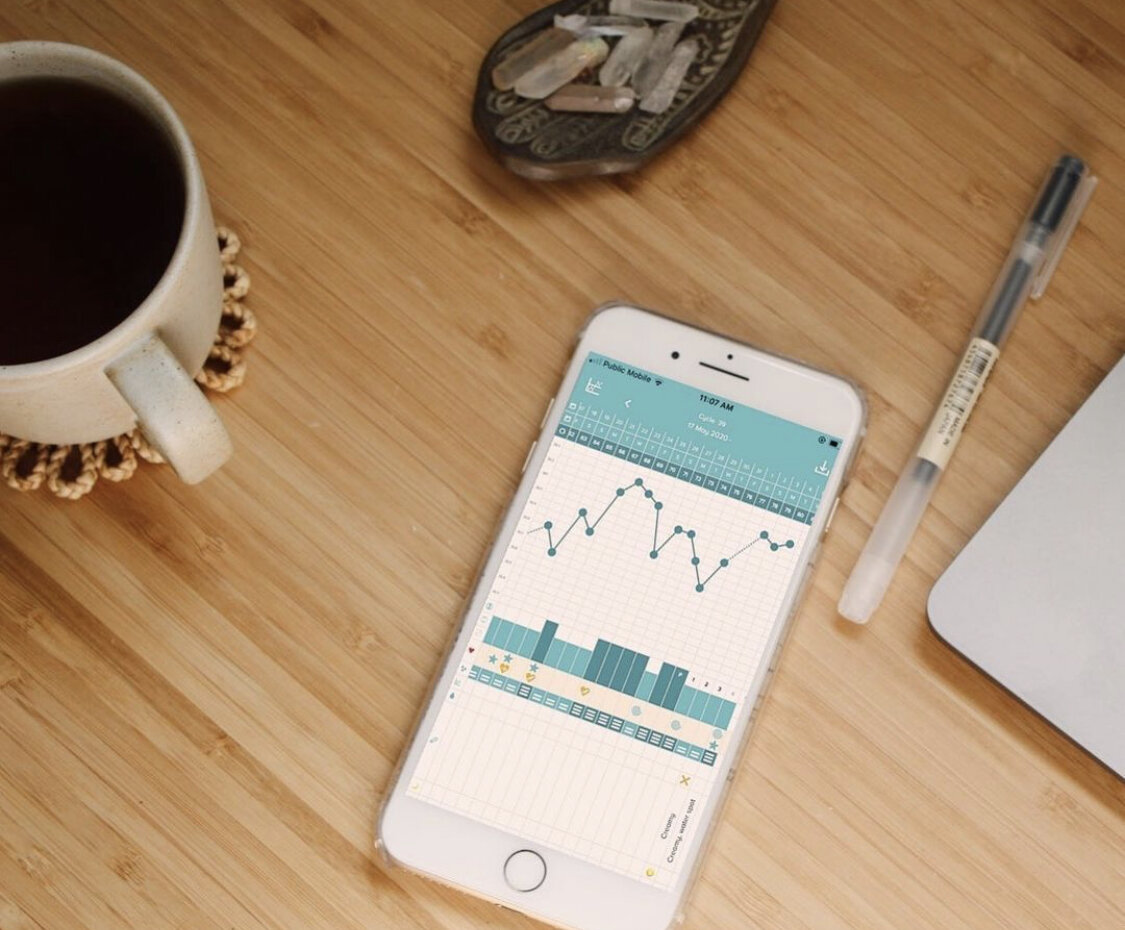Fertility awareness is education for life. Learn FAM right, the first time, and it will serve you all throughout your reproductive lifespan. You don’t need to rely on anyone or anything, when you’ve learned how FAM works.
Read MoreAre you a fertility awareness expert and looking to upgrade your charting routine? Looking to spice up your cycle tracking game and take it to the next level? If you’re going to use fertility awareness in the long-term, your method needs to fit your life. Here are some strategies for advanced charting that can help you gain a deeper understanding of your fertility and keep you excited about charting even after you’ve been at it for some time. Upgrade your charting routine with things like adding in additional fertility biomarkers (LH, progesterone testing), working with a fertility awareness educator, charting with Menstrual cycle awareness, and working with a FAM educator.
Read MoreI decided to become a fertility awareness educator because I wanted to help people tune into their bodies and cycles by using FAM for natural birth control.
Little did I know that while I would be spending significant time teaching FAM, there is so much more to running a fertility awareness business.
Read MorePostpartum charting has been touted the wild wild west of charting for a reason. Getting the hang of fertility awareness in regular cycles is one thing, but once you add the uncertainty of postpartum into the mix it can be all the more challenging. Whether you’re currently pregnant or have recently given birth and are wondering what the heck is going on with your cycle, read on to learn more about making sense of your period postpartum.
Read MoreSymptothermal methods (like Sensiplan or the method from Taking Charge of Your Fertility) primarily use cervical mucus and basal body temperature, however some methods include optional cervical position checks. Some will include a calculation rule (like the Doering rule) to open the fertile window and some will rely on only cervical mucus.
Cervical Mucus Only Methods (like the Billings Ovulation Method or Creighton) use very specific categories or rules for cervical mucus to identify the fertile window. Methods like Justisse are cervical-mucus only with an optional BBT observation.
With all methods of fertility awareness, the general principle is the same: chart ovulation to identify your fertile window and don't have unprotected s*x in the fertile window if you don't wanna get pregnant! But how each of these methods combine, use and interpret the fertility signs may be different. This is why fertility awareness is lifelong and exciting learning - you think you've got the hang of it until you learn something brand new!
Maybe it’s because FAM educators have this illusion of having “perfect” cycles, because when I share about my experience with irregular cycles on social media, I get quite the response. I wanted to share a little bit about my experience with irregular and anovulatory cycles, and if you’re reading this, chances are you’ve experienced it too. There is really no such thing as a perfect cycle, no matter what you’ve been led to believe. Know that your body is working so hard to heal and regulate - having patience with yourself (when believe me, I know it’s hard) - is really what helped me stay sane during this time.
Read MoreThis is my honest take on training as a fertility awareness educator with FEMM. There are many other routes to become a FAM educator, depending on your preference in time commitment, price & type of method.
Back when I first learned fertility awareness, I was lucky enough to learn from an instructor. I remember the class vividly, It was a February morning in 2016, and about six of us were gathered in a conference room. I was taking part in a Serena class (a branch of symptothermal natural family planning), which was the only option I had to learn FAM locally. I had a vague idea about how fertility awareness could be used for birth control, but as the class started I slowly learned how little I knew about fertility awareness and about even more, about my body. As we worked through the class material that morning, I was simultaneously becoming more overwhelmed and more excited. The question that kept popping into my mind was why weren’t more women being taught this vital information about their bodies?
Read MoreThe basis of the fertility awareness method (FAM) is learning how to read the very observable signs in your body to identify your fertile time.
Our bodies give us messages about our overall health through cycle biomarkers, which we learn to read and then chart with FAM. It is a daily practice of noticing and charting what has always been there, we just never knew what it was for or how to interpret it!
Fertility awareness is the practice of charting your hormonal biomarkers to identify your fertile time. Biomarkers are signs that your body is giving you to let you know that you are fertile, and the possibility of pregnancy is there. Women can only get pregnant for approximately 7 days per cycle (however the fertile window may be longer, due to the fact that we can’t predict ovulation.
Read MoreThe fertility awareness method is an effective and natural form of birth control, but how exactly does it work? The biggest barrier to educating and informing women about FAM is that we aren’t raised knowing how our fertility and reproductive physiology works beyond knowing that we get a period. When we understand just exactly how we’re able to get pregnant, we can use that knowledge to avoid pregnancy as well.
Read More























